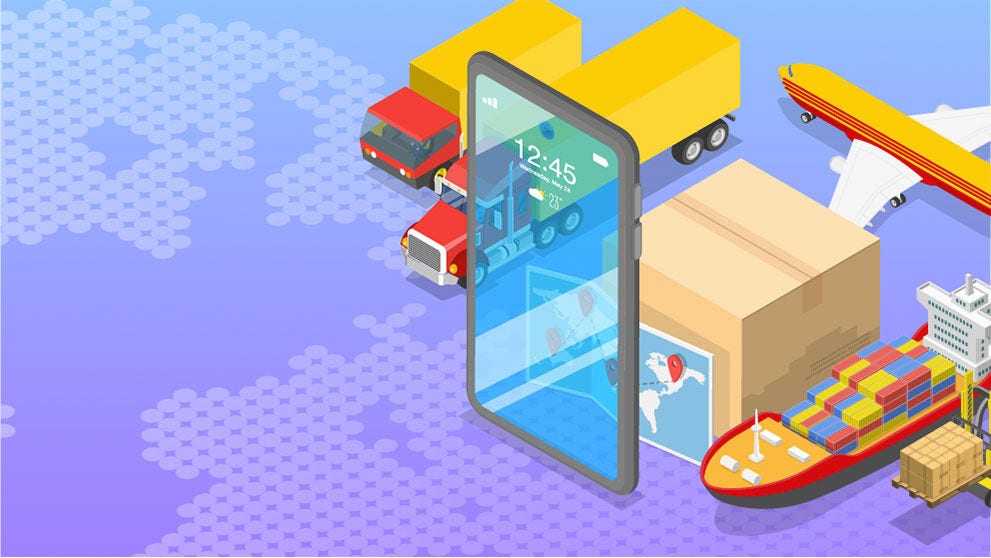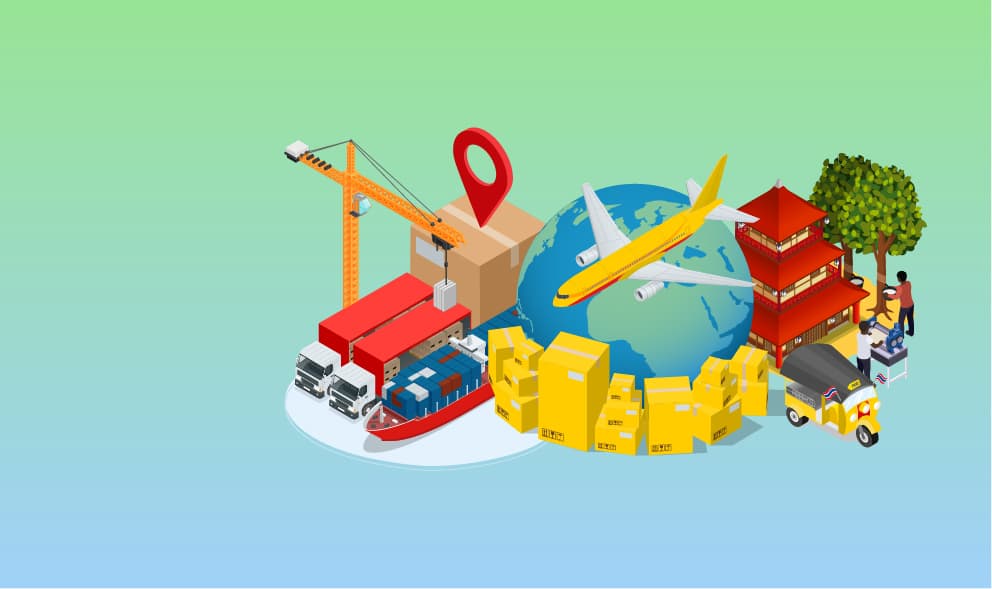This vivid scene symbolizes the immense potential that the African Continental Free Trade Area (AfCFTA) can facilitate for both South African businesses and intra-trade activities within the continent.
The AfCFTA: A Gateway to Continental Prosperity
Launched in 2018, the AfCFTA is one of Africa's most ambitious economic projects, aiming to create a single market encompassing 1.3 billion people. As of late 2024, 54 out of 55 African countries have signed the agreement, with the first tariff-free internal transactions already underway. The goals are ambitious: increasing intra-African trade to 38% by 2030, lifting 30 million people out of poverty, and boosting the continent's GDP by 7% by 2035.
The African Continental Free Trade Area (AfCFTA) is revolutionizing digital commerce across the continent, with far-reaching implications for businesses engaged in cross-border trade. As Africa's digital economy is projected to reach USD 180 billion by 2025, businesses are positioning themselves to capture the opportunities this historic agreement presents.
Key Framework Components
The AfCFTA's digital framework is built on several key pillars:
Digital Trade Protocol (DTP)
Harmonized digital regulations across member states
Standardized digital payment systems
Common data protection standards
Cross-border digital service provisions
Implementation Framework
The agreement focuses on accelerating intra-African trade and strengthening Africa's position in the global market, with specific provisions for:
Current Challenges and Solutions
While the opportunities are significant, businesses face several implementation challenges:
Infrastructure and Technical Barriers
Critical challenges include infrastructure deficiencies, inadequate transportation networks, and border facilities. These challenges are being addressed through:
Digital infrastructure investments
Modernization of border systems
Enhanced logistics networks
Technology adoption initiatives
Regulatory Harmonization
The barriers to implementing the AfCFTA DTP remain significant due to Africa-specific challenges, including:
Varying regulatory environments
Different digital development levels
Diverse policy frameworks
Implementation capacity gaps
























